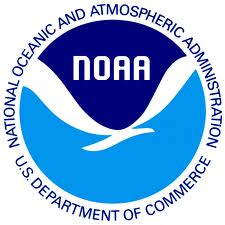work in progress
Other sources of turbulent mixing in the ocean
Most of the CPT work thus far has been focused on global mixing patterns produced by breaking internal tides and near-inertial waves, largely because our understanding of the underlying dynamics for these situations is at a point of readiness in terms of paramterization developement. However, there are numerous other processes that produce turbulence in the ocean that are being actively studied by CPT memebers, and the community at large. We highlight just a few here:
Turbulence in the Transition Layer
The highly stratified region just beneath the base of the surface mixed layer is a crucial region for controlling buoyancy and momentum exchange between the atmosphere and ocean interior. Most models paramterizie mixing here using a gradient Richardson number based scheme, like KPP or the more recent Jackson et al 2008. Such schemes are meant to represent turbulence driven by shear instability, where the relevant shear is resolved by the model. However, observations show turbulence is often driven by a wide range of other processes, including high frequency (near N) internal waves radiating down from the mixed layer or Langmuir turbulence. CPT post-doc Oliver Sun is investingating related issues and working on a new emperically based paramteriation.
Mixing in Fracture Zones
........
Equatorial Mixing
.......
How does the mesoscale dissipate?
.......
 |
We gratefully acknowledge funding from
NSF and NOAA |
 |